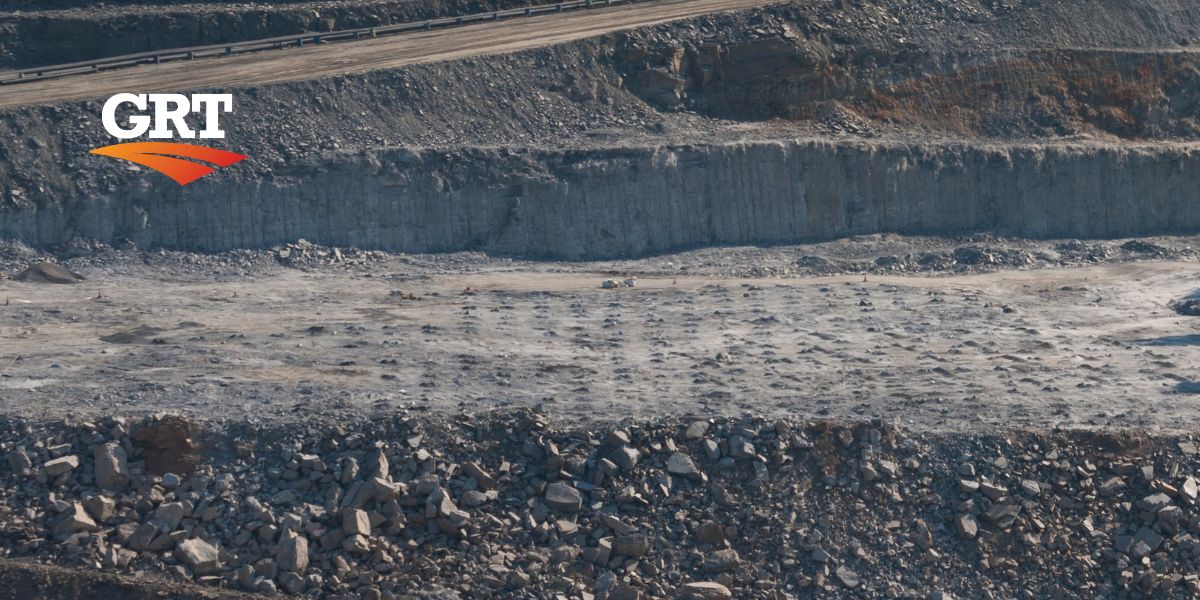An inquiry has revealed concerns about the impact of heavy-metal mining on health and the environment, urging public access to air-quality data from all mine sites in NSW. This recommendation is part of a series arising from a state upper-house inquiry into the consequences of heavy-metal mining.
The inquiry’s report, delivered on Friday, calls for a review of clean-air regulations. Residents near the Cadia gold mine in Orange, whose former operator admitted to violating environmental laws, expressed their concerns during the probe.
Cadia, previously owned by Australia’s largest goldminer, Newcrest, faced a $15,000 fine last year for failing to maintain effective dust suppressant coverage at two facilities. The company also pleaded guilty to multiple offenses related to excess solid-particle emissions between November 2021 and May this year.
The inquiry highlighted instances where the maximum penalty for environmental law breaches was deemed inadequate, potentially failing as a deterrent for large companies.
The report suggested that the state government should consider mandating publicly accessible air-quality monitoring at all mining operations in NSW, incorporating this requirement into planning approvals. A government response is expected by mid-March. However, Amanda Cohn, the Greens MP and inquiry chair, issued a dissenting statement, expressing concern that crucial evidence was excluded from the final report.
Are environmental regulations, health and safety concerns or potential profit loss a concern right now?
She contested the finding that regulatory bodies overseeing mining projects and their frameworks are “fundamentally sound.”
The seven-person committee overseeing the inquiry includes three Labor, two coalition, and two Greens MPs. The report acknowledged environmental risks associated with gold, silver, lead, and zinc mining but emphasized their potential for significant export opportunities, supporting domestic processing, manufacturing, and contributing to the transition to net-zero emissions.
Despite the acknowledged risks, the report noted the Environment Protection Authority’s generally strong toolkit to regulate pollution incidents under existing regulations.
Global Green Mining Market Growing
The size of the Global Green Mining Market reached USD 11.6 Billion in 2022, and projections indicate that the Worldwide Green Mining Market Size is poised to attain USD 22.7 Billion by 2032, as reported by Spherical Insights & Consulting.
In the mining industry, the term “Green mining” pertains to the adoption of environmentally conscious practices and tools. Conventional mining has adverse impacts on the environment, causing habitat loss, water pollution, and greenhouse gas emissions. Green mining strives to mitigate these negative effects while still ensuring the extraction of abundant minerals and commodities. A pivotal element of green mining is the utilization of renewable energy sources like solar, wind, or hydropower to fuel mining operations, thereby reducing the carbon footprint and contributing to the fight against global warming. The primary objective of green mining is to optimize resource efficiency by minimizing waste and improving extraction methods.
Impact of COVID-19
The global pandemic disrupted supply chains, affecting the availability of equipment, spare parts, and essential supplies for mining operations. This disruption potentially impeded the adoption of green mining technologies. Lockdowns, travel restrictions, and health challenges led to a labor shortage in mines, making it more challenging to implement sustainable mining methods and slow down initiatives aimed at improving environmental performance.
The financial strain on mining companies due to the decline in commodity demand and fluctuating prices during the epidemic might have limited their capacity to support initiatives and innovations in green mining. The outbreak accelerated the adoption of automation and remote work across various industries, including mining.
Increasing environmental awareness and the imperative for sustainability have fueled a demand for eco-friendly mining methods. Mining companies are encouraging the use of green technologies to mitigate their environmental impact. Technological advancements have facilitated the development and adoption of more environmentally friendly mining practices.
Data analytics, automation, and renewable energy contribute to reducing the environmental footprint of mining operations. Investor interest in companies prioritizing sustainability and ethical mining practices is on the rise, prompting mining companies to incorporate eco-friendly practices into their operations to attract capital.
Dust suppression is a critical issue in the world of mining and resources.
Learn more about GRT’s industry-leading and IoT-connected SMART Dosing Units, and discover how we’re driving better dust suppression solutions for all!
If you’d like to talk with an expert, simply contact us!
Your feedback is important to us.
If you enjoyed reading this Global Road Technology industry update and found it informative, please let us know by leaving a REVIEW.
References:
https://www.portnews.com.au/story/8461790/air-quality-monitoring-recommended-for-states-mines/
https://finance.yahoo.com/news/global-green-mining-market-size-103000419.html?
Troy Adams
Troy Adams is the Managing Director of Global Road Technology (GRT) Specialising in Engineered Solutions for Dust Suppression, Erosion Control, Soil Stabilisation and Water Management. A pioneering, socially conscious Australian entrepreneur, Troy Adams is passionate about health and safety and providing innovative solutions that are cost-effective to the mining industry, governments and infrastructure sectors. Troy is also a tech investor, director of companies like Crossware, Boost, Hakkasan, Novikov and more.

